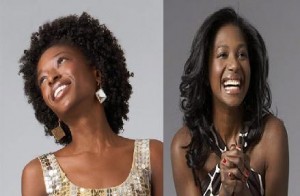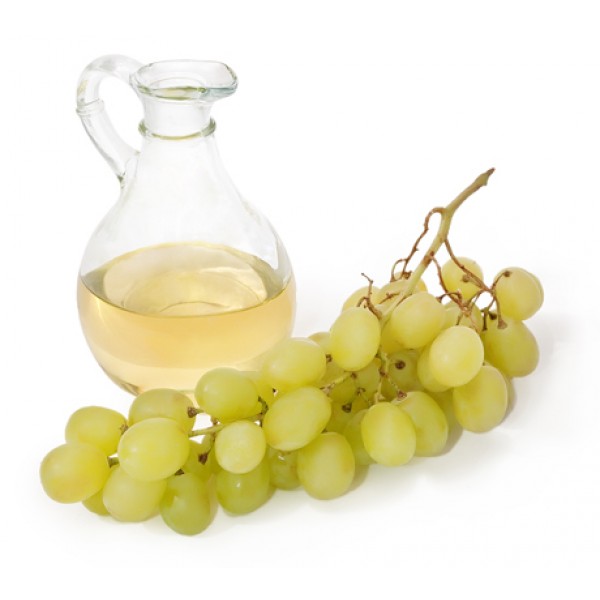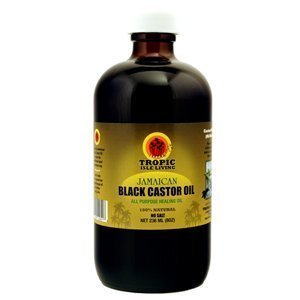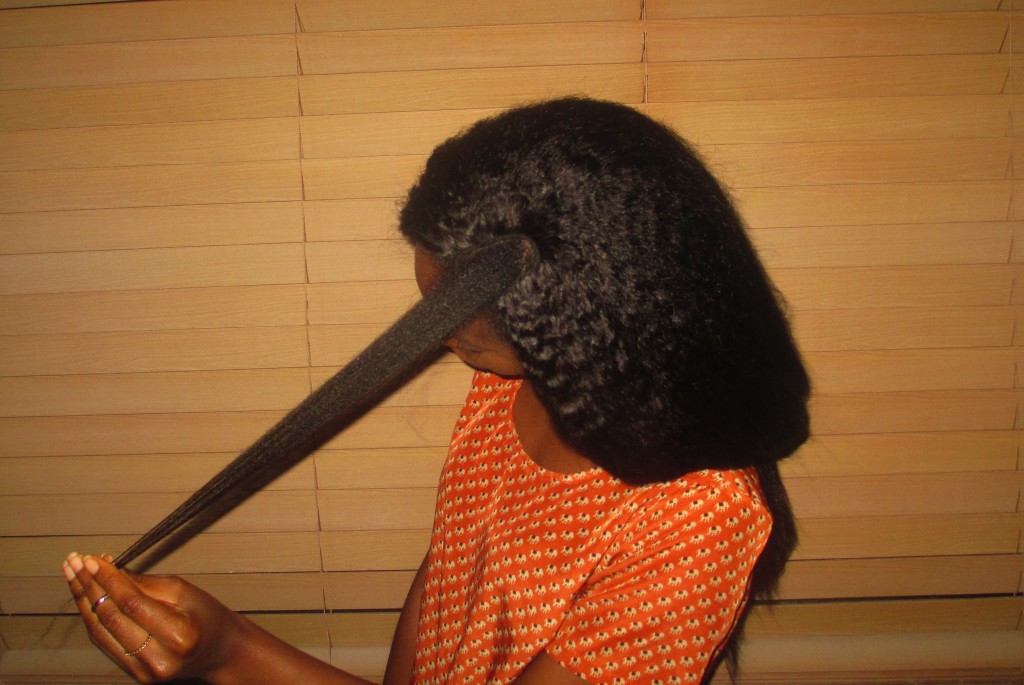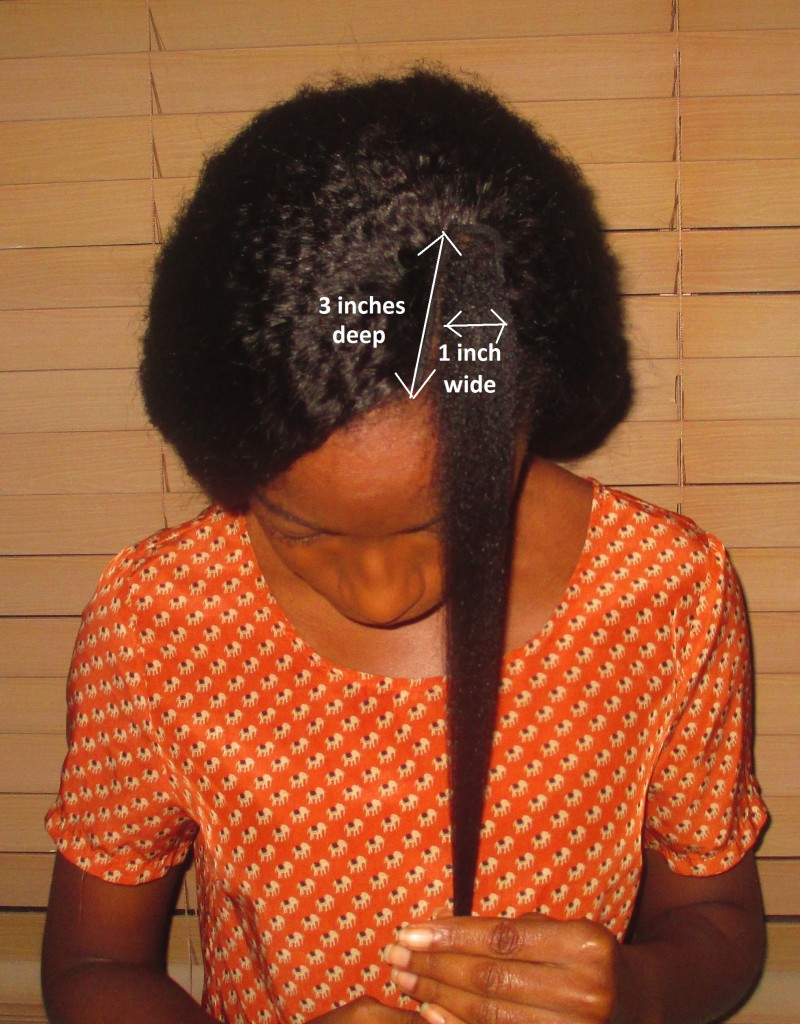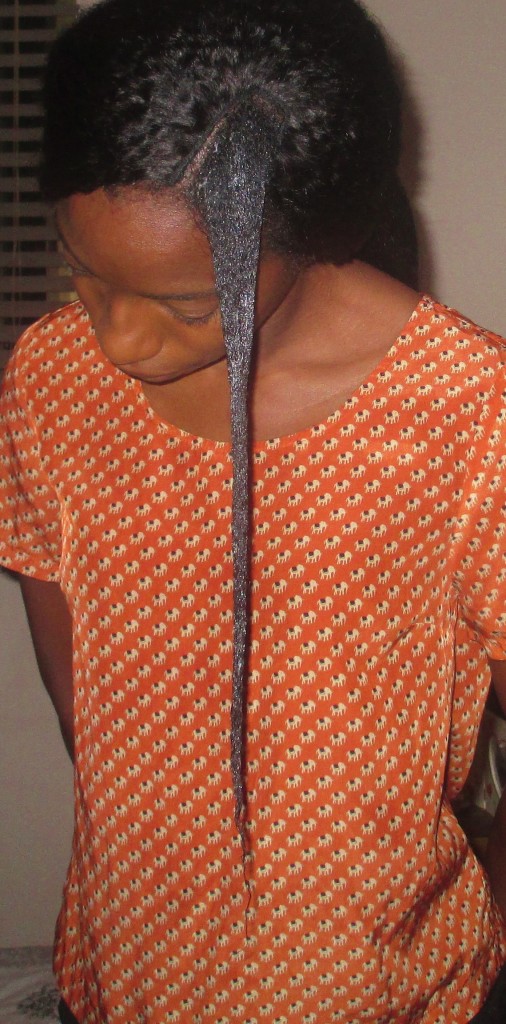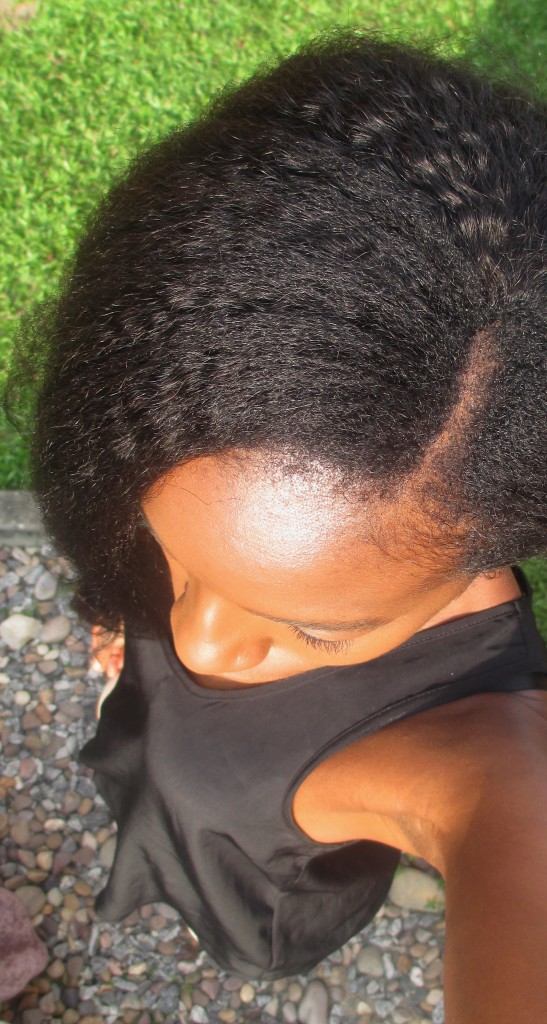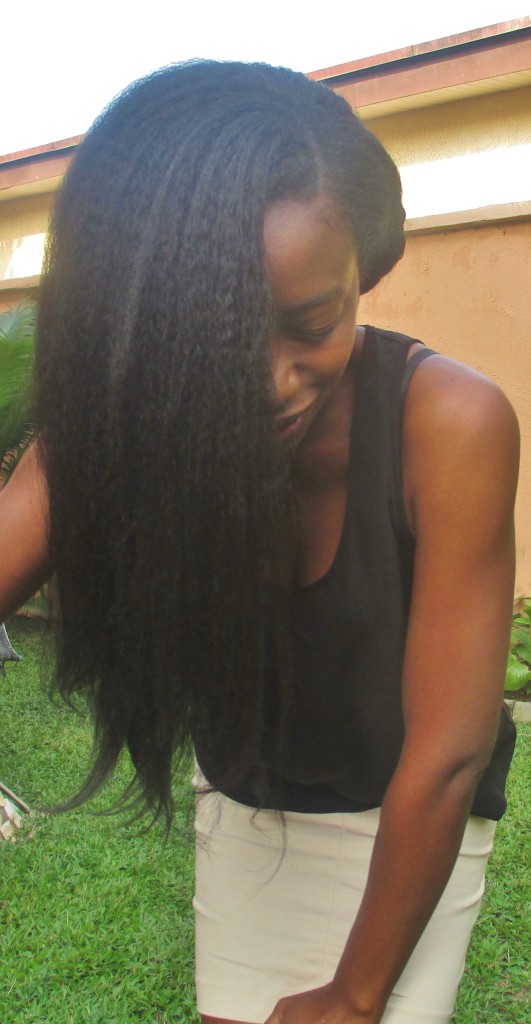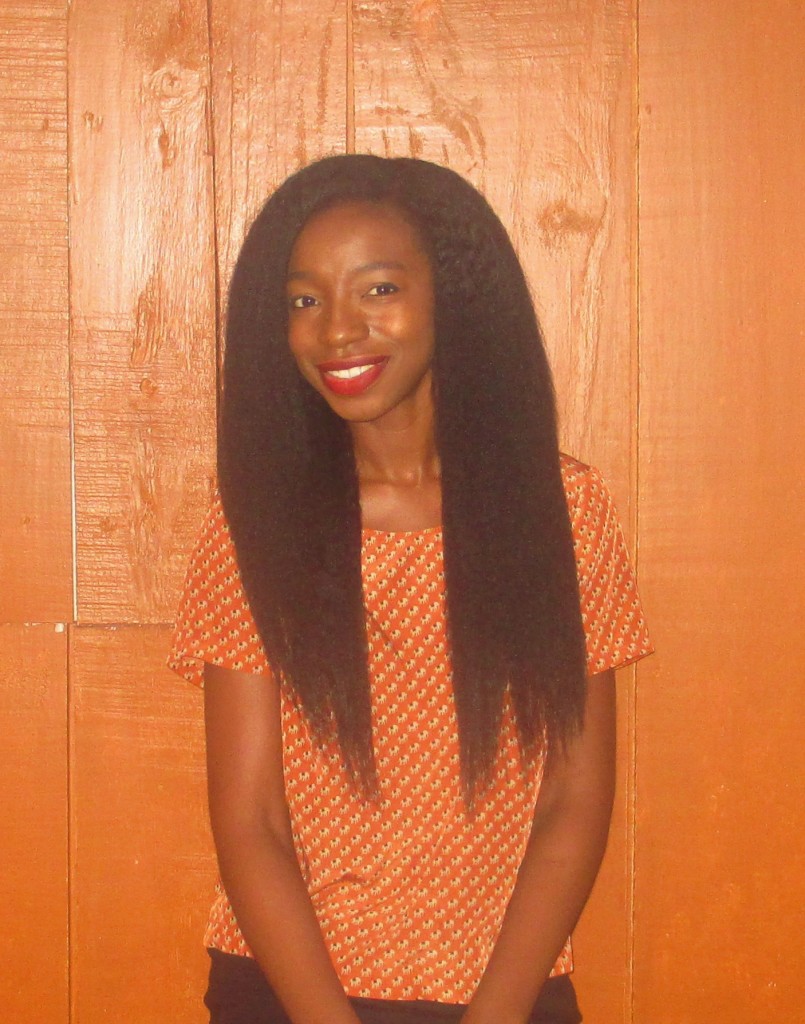Hello ladies,
I know this post was supposed to be a hair styling post however I made a little mistake when creating the styles so I decided to write this post instead.
I usually get ideas of what posts to write from the questions I get asked regularly. One question I have been asked often over the years is whether the advice on Hairducation applies to ladies who are natural or if I have special advice for natural hair.
Majority of the advice Hairducation does apply to natural hair ladies. Regular cleansing, conditioning, moisturising and sealing and protective styling are practices that help black hair thrive irrespective of whether you are natural or relaxed. Clearly posts about relaxing and texlaxing may not apply however other posts such as how to care for hair in extensions applies to both natural and relaxed ladies.
There are however some aspects of hair regimens that have to be fine tuned or adjusted based on whether your hair is natural or relaxed/texlaxed. I have set out the main aspects to be noted below and I hope you find helpful.
Deep Conditioning – Protein and Moisture Balance
Black hair needs protein deep conditioning for strength and moisture deep conditioning for softness and elasticity. If you are new to hair journeys and don’t know protein and moisture deep conditioning and how to use them please see this post. I guarantee you’ll be glad you did.
For Relaxed/ Texlaxed Ladies
Protein deep conditioning should be done at least once or twice a month because the chemicals in the relaxer would have broken down your hairs natural protein making it weaker. You therefore have to boost our hairs strength by completing a protein deep conditioner regularly.
For Natural Ladies
Your hair will have most of its natural protein structure intact however daily wear and tear, occasional use of heat and age of the hair fibres will lead to some damage and weakness of your hair so protein deep conditioning should still be completed.
The difference is that natural ladies do not need to use protein conditioners as often as relaxed heads. If you are natural you should use protein deep conditioners every 4 to 8 weeks depending on your hairs need for it. Just as a guide, some natural ladies use protein deep conditioners once a month and moisture deep conditioners 3 times a month.
The Weight Of Your Products
I have to emphasise that many naturals and relaxed ladies use the same products for leave-in conditioning and daily moisturising. However when choosing your leave-in conditioners, daily moisturisers and oils for sealing, you should have some consideration for your hair type when deciding which products to use.
For relaxed ladies
Most relaxed ladies hair works well with lighter products which will not weigh it down. Lotions and hair mists/sprays and popular with relaxed ladies. Light oils like coconut oil or medium weight oils like olive or almond oils are commonly used for sealing.
For natural ladies
Generally, natural haired ladies, especially those with very thick hair strands and full hair tend to use products that are thicker or heavier than those used by relaxed ladies. Creams or thicker lotions may work better as leave-in conditioners and daily moisturisers for ladies with natural hair. Many prefer to seal with hair butters like shea butter.
Please do exercise discretion and always be guided by what your hair needs when selecting your products, for example some natural ladies with very fine or thin hair may find that lightweight lotions and oils popular with relaxed hair ladies works best for them.
Manipulation – Combing and Styling
Black hair whether relaxed or natural should never be combed or styled when it is extremely dry and brittle as this will lead to breakage. Hair should only be combed and styled only if it is well moisturised.
For Natural Ladies
A point to be noted is that natural hair is more flexible and easier to manipulate when it is damp. Many natural ladies tend to spray their hair with a little water or liquid hair spray or hair mist before they manipulate their hair.
Manipulating in sections is also very beneficial to natural hair, trying to pull a comb through your hair as a single unit is a big no no.
The points above are some of the key differences between natural and relaxed hair regimens. As I mentioned earlier in the post please note that the advice is general, you can experiment with some of the suggestions but always see how your hair reacts and then take it from there.
I hope you have enjoyed this post. My next post will be the style post I promised as well as a hair update post. It’s been quite a while since I did one of those so come back soon to see how my hair has been holding up.
Happy Hair Journey
X
Lade
Learn | Change | Grow

